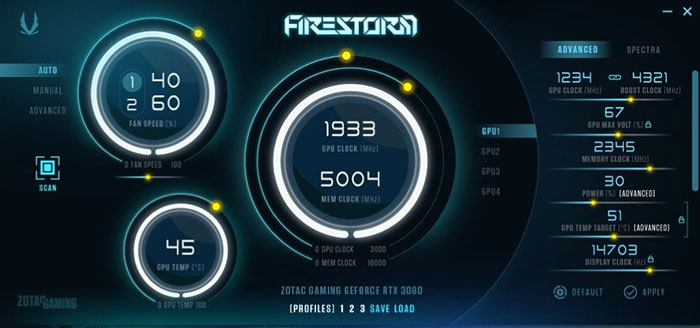

Where issues are more likely to arise is when a GPU is forced to run a sustained, heavy workload over a much longer period of time than a few hours.

If you have a particularly powerful graphics card, you’ll need to throw cutting-edge modern games at high settings or heavy productivity loads to see your temperatures rise significantly.Įven in these cases, your temperatures will most likely fall off pretty quickly once the intensive task in question is no longer being run. In order to get your GPU hot, you need to get its GPU utilization raised by a GPU-intensive application.Įxamples of GPU-intensive applications include the majority of PC games, as well as many video editing, photo editing, and 3D rendering software tools. Most of the things you do on your PC- even things that might be tied to your graphics card, like watching high-resolution video- most likely isn’t going to get your GPU to heat up. What Raises Your GPU Temperature?įirst, let’s talk about what actually raises your GPU temperature: You can use the Table of Contents to skip ahead to the temperature-reducing tips if you like, but otherwise, I’m diving headfirst into this GPU Temperature Guide. I’ll walk you through several methods of doing exactly that, but first I want to go over what raises GPU temperatures, to begin with, how to monitor them, and when to be concerned. If you’re here, you’re ready to learn how to lower your GPU’s temperature. Does Undervolting Decrease Performance?.



 0 kommentar(er)
0 kommentar(er)
